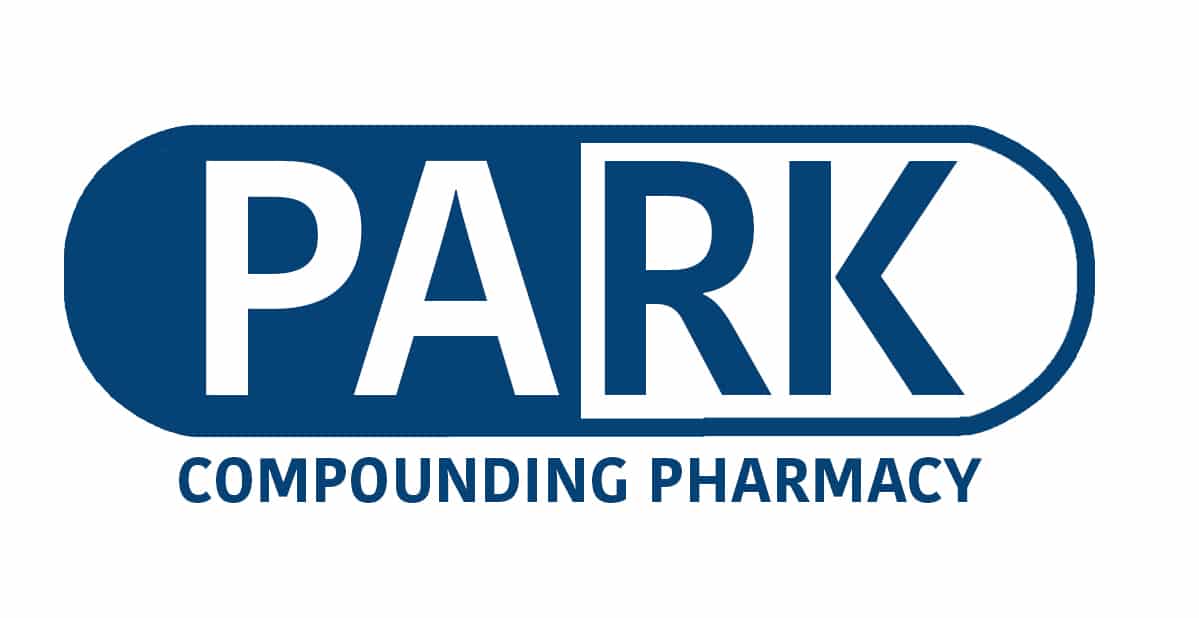Low dose naltrexone (LDN) has gained more mainstream acceptance in a wide range of medical fields. Its low incidence of side effects, combined with its potential to improve quality of life for patients with chronic conditions, make it an excellent candidate for experimental research. In a comprehensive literature review published in the Journal of the American Dental Association, the reviewers concluded that:
“Low-dose naltrexone provides an alternative in medical management of chronic pain disorders as a novel anti-inflammatory and immunomodulator. It can offer additional management options, as orofacial pain conditions share characteristics with other chronic pain disorders.”
One of the biggest risks of prescribing an opioid medication for chronic pain is addiction. Since LDN is non-addictive and has no opiate-like effects, it is a promising treatment for millions of patients with chronic pain.
What is LDN?
Naltrexone is an orally active competitive opioid receptor antagonist. It was first approved in 1984 for the treatment of opioid addiction. For this indication, naltrexone is taken in doses of 50mg to 100mg per day. Low dose naltrexone refers to a dose that is about 1/10 of the typical dose. The max dosage per day is 4.5mg for most patients taking LDN. Titration can start at 0.5mg to 1mg and move up to the maintenance dose. The analgesic and anti-inflammatory actions that naltrexone has at this low dose do not occur at the higher doses. At lower doses naltrexone can enhance endogenous opioid production. While LDN has been used clinically since the 1980s, it was not until the past decade when research into its effectiveness really picked up.
LDN for Chronic Pain
One of the first chronic pain conditions studied with LDN was fibromyalgia. This chronic pain condition involves musculoskeletal pain throughout the body accompanied by fatigue and cognitive difficulties. Typical anti-inflammatory medications often do not work for fibromyalgia pain. Small-scale studies have shown that LDN can effectively reduce fibromyalgia pain in women – up to 57% in one series of studies exhibited a significant reduction in pain. Half of the participants reported feeling “much improved” or “very much improved” from LDN after treatment.
LDN has been prescribed for a variety of other pain conditions including different types of neuropathic pain and orofacial pain. In general LDN is prescribed as part of a broader pain relief strategy that involves lifestyle changes, physical therapy, and complementary therapies.
Orofacial Pain
Orofacial pain disorders can involve the head, face, and neck. The pain conditions that affect these areas can be complex and require specialized expertise to diagnose. The most common types of orofacial pain that dentists encounter fall under the category of temporomandibular disorders (TMD), which involve the musculature of the face and are sometimes called musculoskeletal disorders. Many patients will be familiar with a specific TMD called temporomandibular joint disorder (TMJ). Symptoms can include pain when chewing, headaches, and facial pain. Certain types of orofacial pain can be cyclical – with symptoms subsiding and then returning again later.
There are a variety of physical therapy and at-home solutions for managing certain types of orofacial pain. Physical therapy with the assistance of a professional can be effective. Pharmacotherapy for conditions like TMJ often involves NSAIDS, local anesthetics, and corticosteroids although several other treatments like Botox injections and antidepressants are sometimes used. As a drug with few side effects that is inexpensive, LDN has been considered as a treatment for patients with chronic orofacial pain disorders.
The biggest controversy in the field of pain pharmacotherapy in recent years has been the widespread prescribing of opioid medications. One reason LDN is so promising is that it offers a possible alternative to opioids which have a high addiction potential. For chronic conditions like orofacial pain that may require ongoing treatment over months and years, LDN may be an alternative that is low-cost with no addiction potential. As many patients who become addicted to opioids are first prescribed them after receiving dental care, this is one area where pain relief alternatives should be considered and researched.
Researcher Elizabeth Hatfield DDS who authored the recent systematic review of LDN for chronic pain published in JADA, stated this regarding LDN:
“The unique antinociceptive properties mediated via glial cell modulation, as opposed to previously identified pathways of opioids and anti-inflammatories such as NSAIDs, is attractive as it bypasses certain side effects and concerns with long-term NSAID and opioid use. Further benefits include reduction in reported pain levels and measurable increases in quality of life for patients with chronic pain disorders. Additionally, it offers an option for prescribers managing temporomandibular joint disorders with a centralized pain component.”
Although it was not created as a glial cell modulator, this is often what it is called in reference to how it treats chronic pain. Glial cells support the nervous system but are different from nerve cells. Because they are so integral to the pain pathway, they are frequently studied as a possible target for pain management pharmacotherapy. This type of treatment is important because it opens up the possibility of treating chronic pain with alternatives to opioid medications.
How is LDN Given for Orofacial Pain?
Low dose naltrexone is most often prescribed to be taken once daily before bedtime. Because the dose required is not commercially available, it must be made by a compounding pharmacy. Our compounding pharmacy makes low dose naltrexone in any dosage required with one filler and no additives. While LDN has few documented interactions it should never be given in combination with opioid medications.
Articles
Use of low-dose naltrexone in the management of chronic pain conditions – Journal of the American Dental Association (opens in new window)
The use of low-dose naltrexone (LDN) as a novel anti-inflammatory treatment for chronic pain – Clinical Rheumatology (opens in new window)
Orofacial pain management: current perspectives – Journal of Pain Management (opens in new window)
